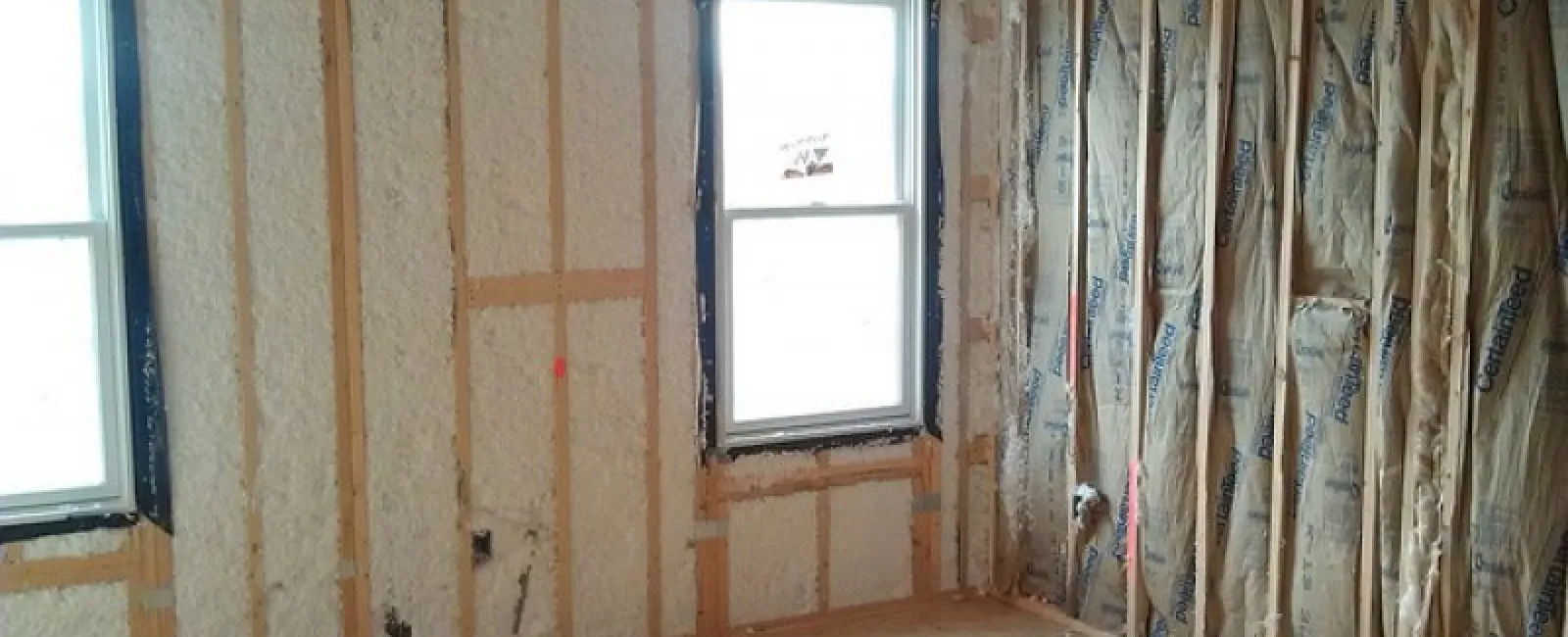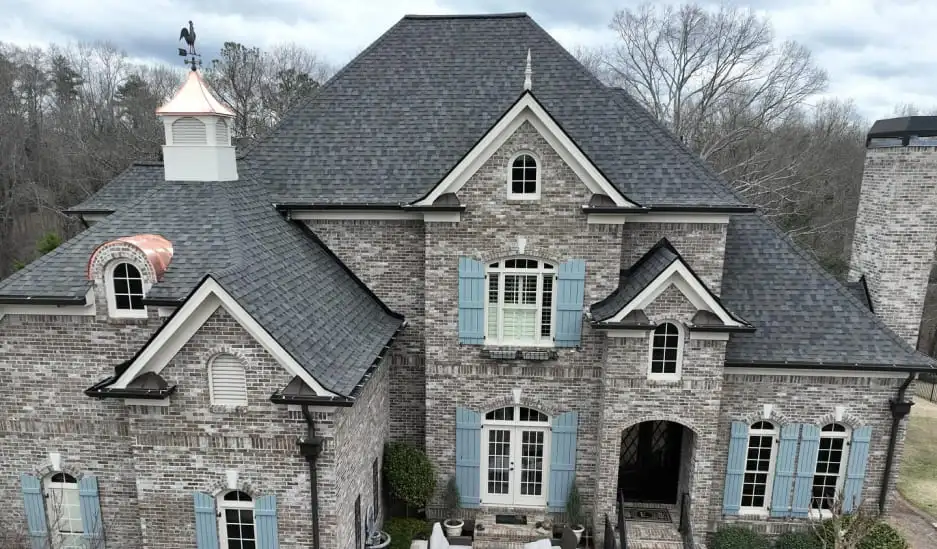It is difficult to talk about construction or house projects without bringing up home insulation. Insulation is ubiquitous – and very important for a home’s health. Here’s what it is and how it works:
Insulation and Thermal Energy
Insulation is a material that creates a barrier so thermal energy – or heat – cannot pass by.
Insulation materials are used throughout the house, from the floor joists through the exterior walls, into the attic and roof. Energy.gov depicts a fairly complete diagram of where insulation should be used within a house. Generally any part of the house facing the outside or facing cold spaces should have some insulation.
A popular misconception is the idea home insulation is designed only to keep homes warm in winter. Insulation does just as much to keep homes cool as it does to keep homes warm. In winter, it helps prevents the heat from leaving the home. In summer, it helps prevent heat from entering the house—making it useful in every season.
The Benefits of Insulation
Insulation makes homes much more comfortable to live in, and typically solves draft problems while helping residents find the perfect temperature. Thermostats and HVAC systems are much more responsive in a home that is properly insulated.
Beyond comfort, insulation’s primary benefit is that using it saves money. Air conditioning and heating systems don’t need to work nearly as hard to heat or cool a properly insulated house. When heating and cooling systems are working correctly, monthly HVAC costs aren’t nearly as high.
Other various benefits to home insulation include:
- Sound protection: Insulation can decrease outdoor noise or sound escaping into other rooms in a home.
- Pest control: Generally pests find it easier to get inside a home with poor insulation because there are more cracks, gaps and hollow spaces.
- Allergy control: Fewer cracks mean less dust.
- Humidity control: If heat and airflow are controlled, it is much easier to control humidity.
Insulation Types
These days, a certain amount of home insulation is often required by building codes. New homes or additions are usually constructed with basic insulation in place. However, older homes or houses with poor construction may still suffer from a lack of proper insulation. In this case, insulation can be added to a house by a trained professional. Common types of insulation include:
- Batt and Blanket: These are the layers and rolls, often made of fiberglass, that are typically used behind walls and other spaces
- Caulking: Caulking seals windows and cracks
- Foam: Foam insulation can be spot-applied to deal with problematic corners or spaces, where it expands and solidifies
- Foam Board: These boards cover other materials, such as foundation concrete
- Loose Fill: This insulation, often fiberglass, cellulose or mineral in nature, is made from lightweight particles that can be blown into an attic or other area



